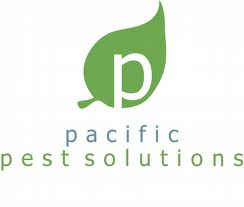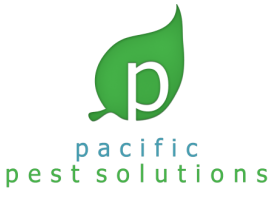
The method of a good IPM plan thus focuses on some basic techniques that include:
- scheduled inspection practice for pests;
- identifying pests to determine biology; and
- treatment by professionals (the practice to manage pests at the weakest point in their life cycle).
The plan can be as simple as a one page fact sheet to address each pest problem or as complex and technical as a volume of study covering the aspects of pest biology, policies and guidelines. It is recommended however to have a plan that is easy to use with easy to find recommendations for the management of pests. This plan has to be a living document that needs to be examined and updated regularly. The format of such a plan should define the business goals and how pest management fits into them. The plan should define as well the different roles and responsibilities people fill in managing pests. Also, employees should be informed on the benefits of managing pests.
Further, the plan should not include list of pesticides approved for use, not until after a specific pest issue has been examined and the appropriate pesticide selected. Managing pest issues is often times not a one size fits all approach. The IPM plan has to be developed with pest control recommendations based on a business unique needs-a trend pest control professionals, such as this Atlanta pest control company, are quite aware of.
The pest control proactive approach can involve actions such as sealing cracks, sanitation and elimination of moisture sources, or employing the judicial use of pesticide treatments-which is what an integrated pest management plan is all about-i.e. finding the best treatment of pest-associated problems.
After problematic or sensitive areas of high pest pressure have been identified, the various pest control options have to be determined and what expedient action of control necessary as well as threshold/action levels based on pest population species that must be taken. The plan should properly describe the corrective measures. And it is important to keep pest sighting report logs as well as a tool to facilitate communication between all personnel and the pest control technician. All pest sightings should be reported in the logs with specific information as to the location of sighting and type of pest. Glue boards can be an effective tool used for the duration of an IPM program to monitor pest populations and activity. This should be maintained with a visual inspection of the glue boards to identify specific areas of infestation and to assess the need for further action. An appraisal of the IPM program can be conducted bi-monthly by responsible individual. Determinations are made as to the effectiveness of the program and revisions made to correct any potential lapses.


 RSS Feed
RSS Feed
